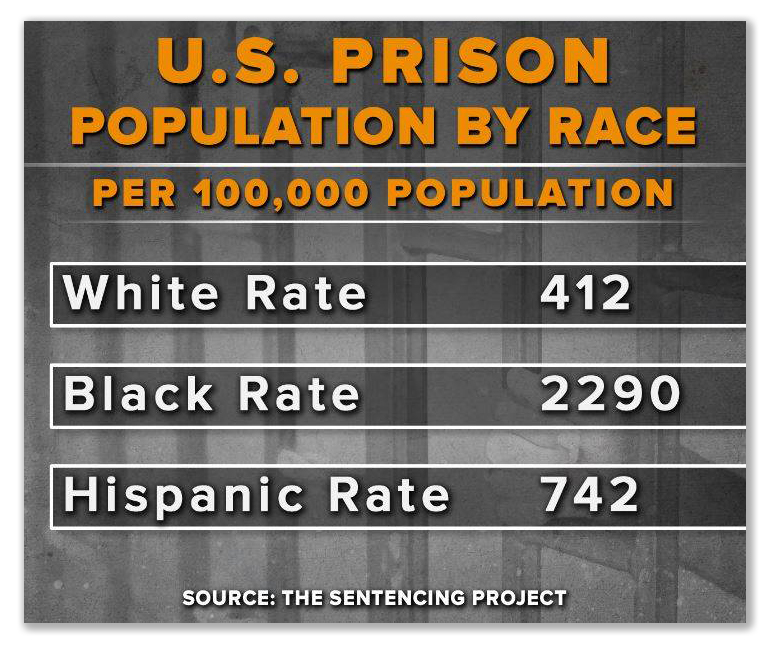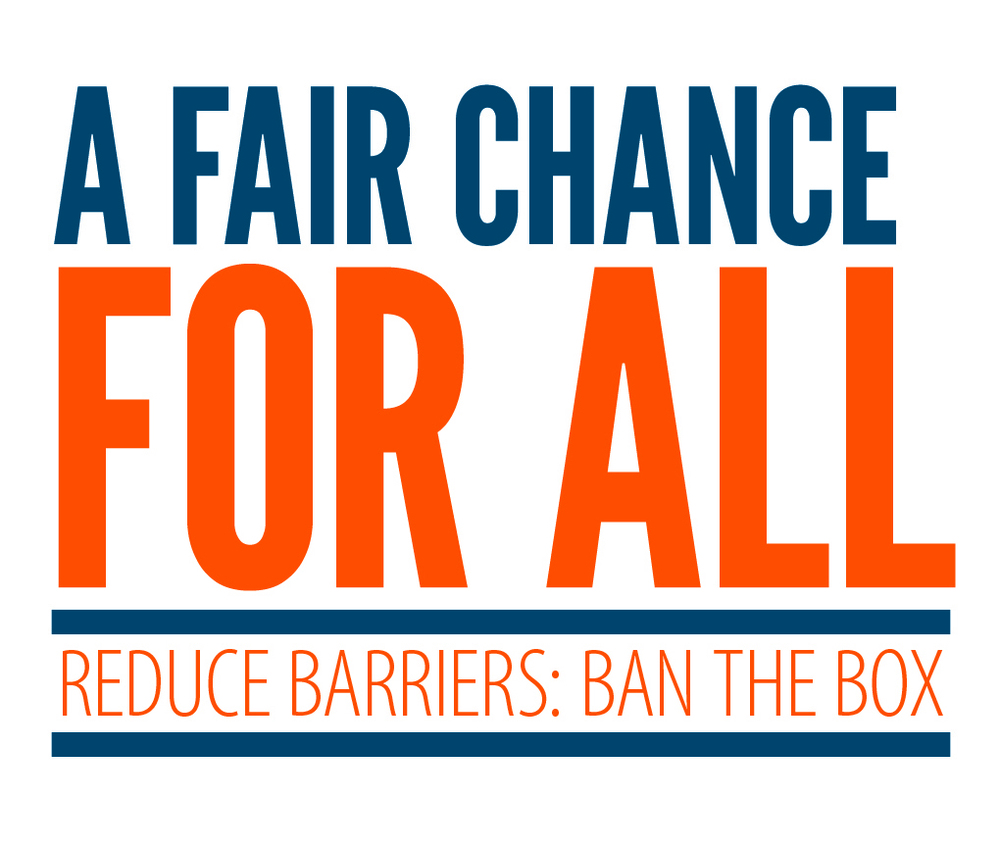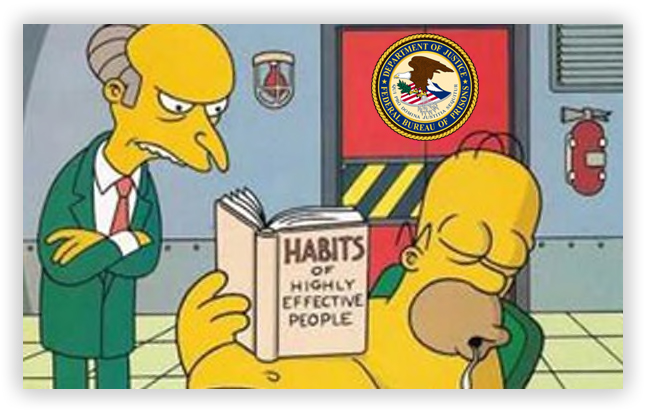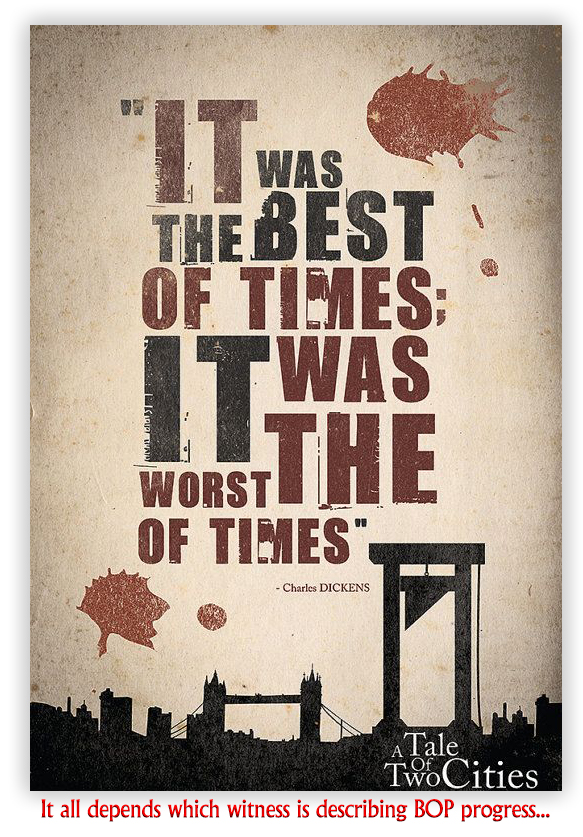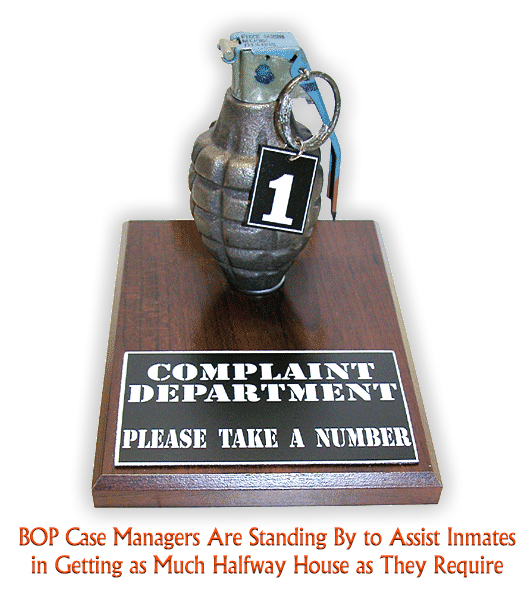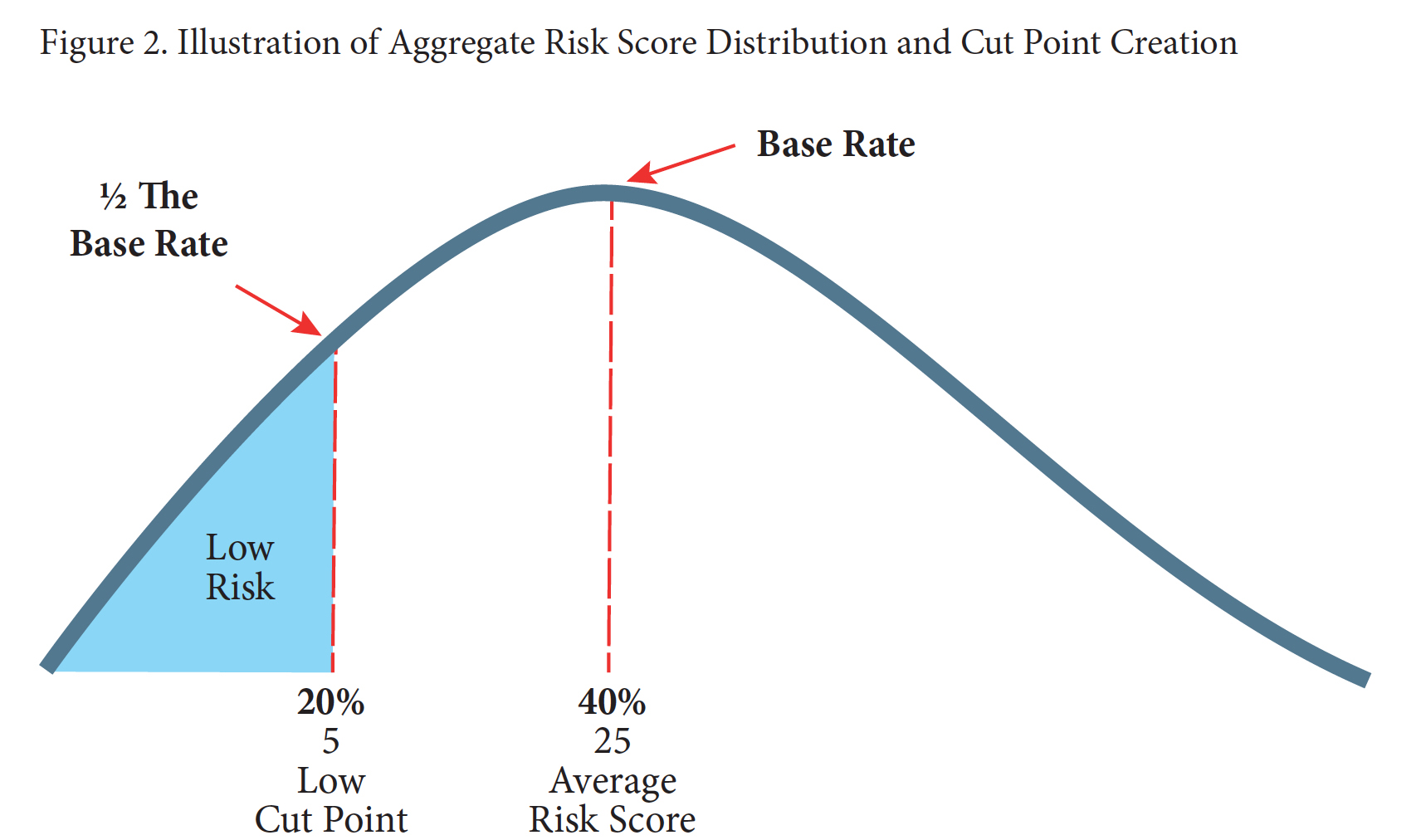We post news and comment on federal criminal justice issues, focused primarily on trial and post-conviction matters, legislative initiatives, and sentencing issues.

BOP ROLLS OUT FINAL PIECE OF FIRST STEP ACT
 For those who have been living in a cave for the past 18 months, let’s start with some background. Congress passed the First Step Act in December 2018, the first significant criminal justice legislation in 30 years or so. The public relations centerpiece of the Act was a program to be implemented by the Bureau of Prisons that would assess inmates not just for security risks (something that the BOP has done since the Feds took their first prisoner – the guy who stole General Washington’s wooden teeth – almost two and a half centuries ago), but for the inmate’s risk of recidivism and his or her programming needs that would presumably reduce the chance of reoffending.
For those who have been living in a cave for the past 18 months, let’s start with some background. Congress passed the First Step Act in December 2018, the first significant criminal justice legislation in 30 years or so. The public relations centerpiece of the Act was a program to be implemented by the Bureau of Prisons that would assess inmates not just for security risks (something that the BOP has done since the Feds took their first prisoner – the guy who stole General Washington’s wooden teeth – almost two and a half centuries ago), but for the inmate’s risk of recidivism and his or her programming needs that would presumably reduce the chance of reoffending.
The program would then match the inmates with prison programs that would address those needs. Inmates who successfully completed the various programs would be granted “earned-time credits” which could be used for additional halfway house or home confinement. The first 12 months’ worth of credit could even be applied to reduce sentence length by a year.
 The Act gave the BOP ample grace period to adopt the assessment tool and implement programming, but time finally ran out yesterday. And just under the wire, last Wednesday the Dept. of Justice announced implementation of the final recidivism and needs assessment program, known by the acronym PATTERN. The final version contains several minor changes from last summer’s draft, alterations made in response to public comments filed last fall. Two days later, the BOP published a list of the programs it currently has or will be adopting, and announced the beginning of earned time credits for federal inmates for completing programing intended to reduce recidivism.
The Act gave the BOP ample grace period to adopt the assessment tool and implement programming, but time finally ran out yesterday. And just under the wire, last Wednesday the Dept. of Justice announced implementation of the final recidivism and needs assessment program, known by the acronym PATTERN. The final version contains several minor changes from last summer’s draft, alterations made in response to public comments filed last fall. Two days later, the BOP published a list of the programs it currently has or will be adopting, and announced the beginning of earned time credits for federal inmates for completing programing intended to reduce recidivism.
“Beginning today, inmates will have even greater incentive to participate in evidence-based programs that prepare them for productive lives after incarceration,” Attorney General William Barr was quoted as saying in last week’s DOJ press release. “The First Step Act is an important reform to our criminal justice system, and the Department of Justice is committed to implementing the Act fully and fairly.”
The principal change in PATTERN was to add a dynamic measure of an inmate’s “infraction free” period during incarceration, adding a number of prior programs and UNICOR to the programs that benefitted a prisoner’s PATTERN score, and removing metrics for age at first arrest and voluntary surrender from the PATTERN assessment matrix. PATTERN will also no longer look at whether an inmate participated in education or drug treatment programs to measure initial recidivism risk.
Critics had complained that the draft’s focus on an inmate’s prior run-ins with the criminal justice system weighted the system so that minorities generally would be classified as greater recidivism risks than would white inmates.
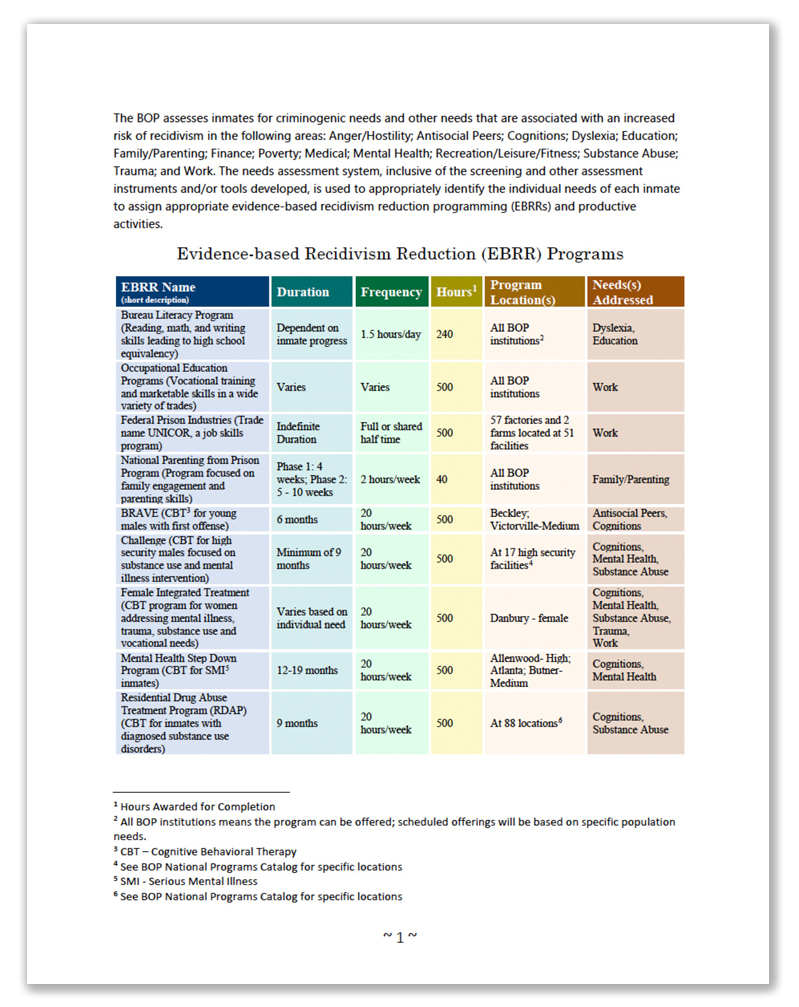 The list of “evidence based” programs that can qualify an inmate for earned time credits, published last Friday on the BOP site, identified 70 programs, almost all of which will be available at all BOP facilities. The list included some unsurprising ones, such as working at UNICOR, vocational programs, all drug programs, GED and ESL. As well, many new programs, many aimed as cognitive behavior therapy to address everything from food disorders, insomnia, gambling and anger management.
The list of “evidence based” programs that can qualify an inmate for earned time credits, published last Friday on the BOP site, identified 70 programs, almost all of which will be available at all BOP facilities. The list included some unsurprising ones, such as working at UNICOR, vocational programs, all drug programs, GED and ESL. As well, many new programs, many aimed as cognitive behavior therapy to address everything from food disorders, insomnia, gambling and anger management.
Each program entry in the BOP release lists the program, duration, number of hours’ earned time credit the program earns, locations where the program is offered, and needs the program addresses. For example, one of the 70 programs is called BRAVE (Bureau Rehabilitation and Values Enhancement), a cognitive behavior therapy program for young males on their first offense, will run for six months, 20 hours per week, and earn an inmate completing the program 500 hours of earned time credit. The program, which addresses programs with antisocial peers and cognitions, will be offered at FCI Beckley and Victorville.
The publication contains no explanation of how the BOP intends to convert earned time credit hours into days, which is what First Step contemplated. In the case of a continuing activity like UNICOR, the program list states inmates can earn 500 earned time credit hours, but it does not specify over what period of time or if that 500 hours is just a one-time award.
 The First Step Act authorized the BOP to award earned-time credits retroactively to the adoption date of the Act, but the agency has said nothing about doing so. Inmates have had high hopes that such credits would be granted, but long-time observers – including the undersigned – held out little hope that the BOP would take any discretionary step that conferred a benefit on inmates. So far, even a little hope has proven to be too much.
The First Step Act authorized the BOP to award earned-time credits retroactively to the adoption date of the Act, but the agency has said nothing about doing so. Inmates have had high hopes that such credits would be granted, but long-time observers – including the undersigned – held out little hope that the BOP would take any discretionary step that conferred a benefit on inmates. So far, even a little hope has proven to be too much.
The BOP list of programs is available here.
DOJ, Department of Justice Announces Enhancements to the Risk Assessment System and Updates on First Step Act Implementation (Jan. 15)
BOP, Evidence-based Recidivism Reduction (EBRR) Programs and Productive Activities (PA) (Jan. 17)
– Thomas L. Root





